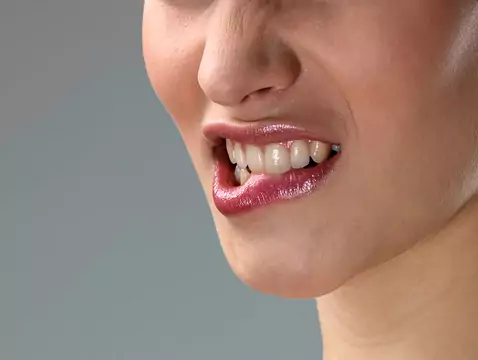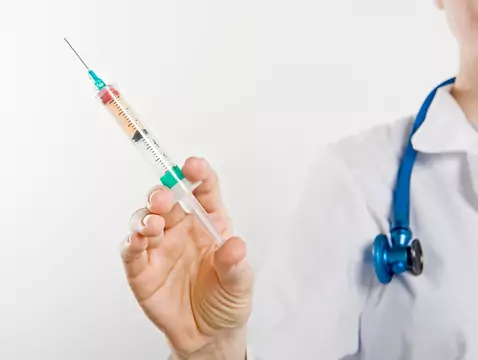The development of tissues and organs begins as early as day 15 of the human embryo and ends at puberty around 18 years of age. A variety of extrinsic and intrinsic factors acting during the embryonic, foetal and individual period influence the formation of the individual. The form of the developmental defect is influenced by the type and timing of the factor and the developmental period in which it acts.
Complex craniofacial malformations:
Treacher- Collins syndrome (Berry syndrome, Franceschetti-Zwahlein- Klein syndrome, mandibular-facial dysostosis)
The disease is transmitted by a dominant gene. Characteristic features of the syndrome include drooping of the lateral parts of the lower eyelids, loss or absence of eyelashes in the lower eyelids, underdevelopment of the mandible and zygomatic bone, external and middle ear, macrostomia, high palate so-called gothic, malocclusion.
Crouzon syndrome
A syndrome inherited in a dominant manner, although cases of an acquired form are known. Characteristic features include: high forehead, distorted skull, exophthalmos, underdeveloped jaws, gothic palate, divergent strabismus, mental retardation. These features make up the image of the so-called "frog face".
Apert syndrome
This is very similar to Crouzon syndrome. The differentiating element is the deformities of the fingers and toes.
Pierre Robin syndrome
There are no confirmed genetic determinants of this syndrome. The cause of the condition may be external pressure on the anterior part of the mandible during intramembranous development or congenital inhibition of mandibular growth.
It manifests as a reduction in the size of the mandible, or a retraction of the mandible, a collapse of the tongue, resulting in difficult breathing. A cleft palate may be present.
Caffey-Silvermann syndrome
The aetiology is not known. The onset of symptoms is between 2-4 months of age and is soft tissue swelling and sudden fever. The disease resolves completely between 3-9 months of age.
Möbius syndrome
The disease is caused by teratogenic agents between the 4th and 7th week of intrauterine life damages the relevant nerves. It is feared with bilateral facial muscle paralysis, foot deformity, underdevelopment of the pectoral and respiratory muscles.
Parry- Romberg syndrome
The cause is not known. The syndrome causes progressive atrophy of one side of the body of the subcutaneous tissue, skin, muscles, facial bones, tongue and palate, seizures occurring on the opposite side of the body, and a tendency to frequent ocular inflammation. The atrophy appears before the age of 20 and progresses slowly. The faster the onset of the disease, the greater the deformity.
Cranio-clavicular dysostosis (mutational dysostosis, Scheutheuer- Marie- Sainton syndrome)
The disease is inherited in a dominant manner. It is characterised by short stature, unilateral or bilateral atrophy of the clavicles, shoulder deformity, normal mental development, the face is small and narrow. A characteristic feature is the large number of supernumerary teeth, the enamel is underdeveloped, the roots lack cementum. A gothic palate is also present, and cleft mandible or palate may occur.
Ectodermal anhidrotic dysplasia (ectodermal hypohidrotic dysplasia, Christ- Siemiens- Touraine syndrome, Weech syndrome)
The syndrome is mainly manifested in males. It is characterised by a triad of symptoms: sparse hair, missing tooth buds and stunted, or reduced, sweat secretion. The skin is dry, velvety and thin. The face has a senile appearance, the teeth are conical in shape.
Achondroplasia
Characterised by abnormalities in the formation of long bones. Patients have short stature, with abnormal body proportions-short limbs, long torso and head-infantile body proportions. There is a large cerebral portion of the skull with a small face. Malocclusion is also evident.









